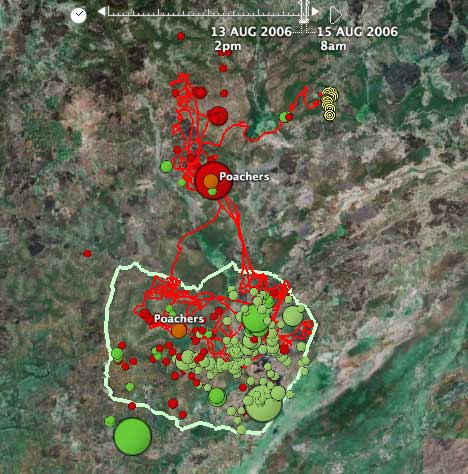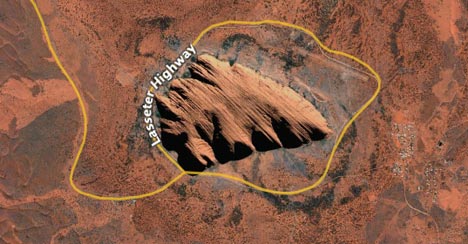India’s Indo-Asian News Service has some more reporting on the censorship agreement that Google and the Indian government appear to be hammering out, with quotes from both Google evangelist Vint Cerf and India president A.P.J. Abdul Kalam that need correcting.
Kalam’s quote is older, but it is being repeated often enough to require another debunking:
During his visit to Bangalore in April 2006, Kalam also called for a new law to prevent foreign satellites from getting images of sensitive locations in India and make such attempts a cognisable offence.
‘Satellites fitted with high resolution cameras can take pictures of any object anywhere. Some nations have laws against snapping such pictures and their violations are punishable. We have to create our own laws,’ Kalam had said.
Wrong. Countries can and do make laws that regulate the acquisition of aerial imagery from within its airspace (as the Netherlands does), and they can even make laws that regulate their own national satellite operators (as the US does) but they cannot make laws that regulate the acquisition of imagery from satellites, in space. A country’s sovereignty does not extend into space, no matter how much Kalam would wish it, and despite the Indian government’s best efforts to start changing international law via the United Nations.
Now on to the bit where Vint gets quoted:
Though Google Earth has blacked out White House and Pentagon in Washington DC, the one-metre resolution maps have clear images of the Parliament building, Rashtrapati Bhavan and several sensitive air bases and seaports across the country.
The Pentagon and the White House are not blacked out. Aren’t reporters supposed to check this stuff? Google’s resolution of both places is far higher than what is available of New Delhi.
Admitting that the issue was sensitive, Google Vice-President Vinton G. Cerf said that different nations and governments have different perceptions and views about having access to such geographic information.
‘Though I do not have specific information about India, we have addressed the issue in some countries. For instance, in the US we have removed or replaced information on some US installations with less resolution and blanked out the top of White House,’ Cerf pointed out.
No you have not, Vint. You did the opposite. The top of the White House used to be camouflaged, as was the swimming pool, but the Google Earth team has been assiduous in getting a clear view, with the express goal of pre-empting the kind of criticism you are now lending credence to.
BTW, the censored US imagery used to be released that way into the public domain, but is no longer deemed a security threat. You could have pointed all that out. Indeed, I hope it is being pointed out in the negotiations, to make sure the Indian side knows it is being completely paranoid.
Similarly, in Germany and France it is illegal to profit from such images and materials. Security issues have to be addressed as per each nation’s requirements.
What? More weird reporting. Just ask Spot Image, a French company that is happy license its imagery to Google.
‘Concerns about specific information on sensitive locations or vital installations have to considered keeping in view the laws of the respective country,’ [Vint Cerf] added.
Another quote mangled by bad journalism, but still clear enough. Vint, please be clear on this: The Digital Globe imagery is out there for anyone to purchase or license, and no local Indian law will change that. If the Indian government is threatening Google’s Indian subsidiary with specific legal injunctions if it does not erase certain satellite imagery, then please do tell us, as it would most definitely be news.
[Update: Vint appears to have left a comment on an All Points Blog post covering the same story, where he falls in line with the Google Earth team’s stated policy of not altering the imagery it receives. This doesn’t change the fact that pandering to jingoisting Indian reporters is counterproductive.]


